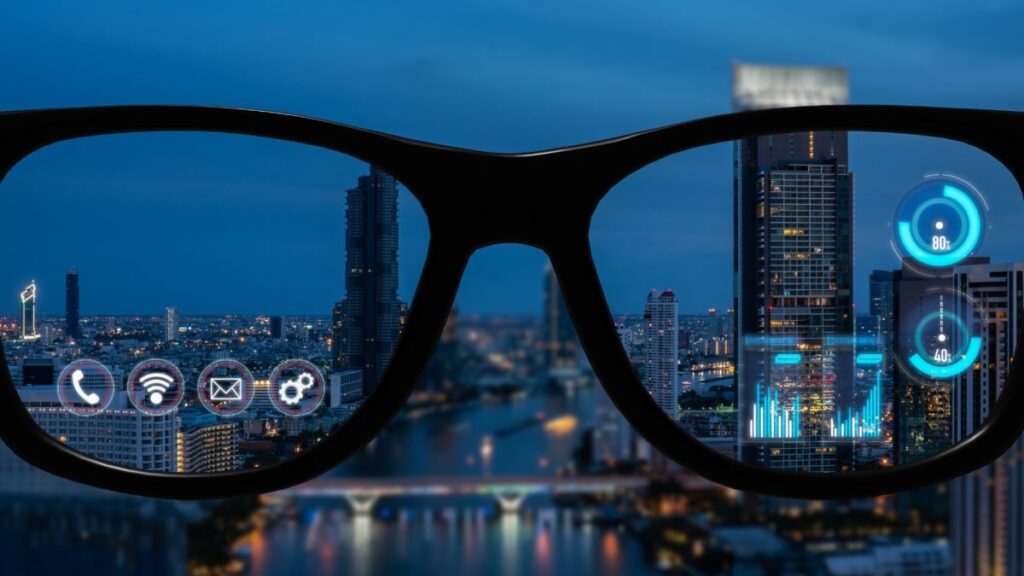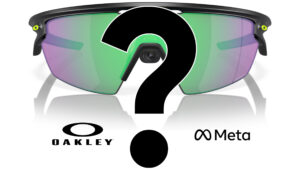
NEW YORK – The tech world is abuzz with predictions that 2025 will mark a pivotal year for smart glasses, as major companies gear up to revolutionize wearable technology.
Immediate Impact
The anticipation surrounding smart glasses has reached a fever pitch, with advancements in technology making these devices more practical and appealing to the general public. Unlike their predecessors, the new generation of smart glasses resembles traditional eyewear, shedding the “face computer” stigma that plagued earlier models like Google Glass.
Key Details Emerge
Leading tech giants are entering the smart glasses arena with ambitious plans. Meta aims to integrate AI capabilities, while Google and Snap are developing their versions. Rumors also suggest that Samsung and Apple are not far behind in crafting their own smart eyewear.
What Smart Glasses Can Do
Smart glasses technology is diverse, offering various functionalities:
- Audio-first: Glasses with embedded earbuds for music, calls, and AI interaction.
- Camera-first: Devices focusing on capturing images and videos, akin to a portable GoPro.
- AR-first: Augmented reality displays that project digital information into the user’s field of view.
- Vision-first: Future-focused glasses aimed at enhancing vision, though not yet available in the U.S.
Industry Response
The tech giants’ commitment to smart glasses underscores an industry-wide belief in their potential. Meta has unveiled the Oakley Meta HSTN glasses, a follow-up to its successful Ray-Ban line, boasting 3K video capabilities and extended battery life. Meanwhile, XReal has launched the One Pro glasses, featuring an onboard spatial computing chip.
Oakley Metas retail for $399 and will be available for pre-order on July 11.
By the Numbers
The market for smart glasses is expanding rapidly, with various models catering to different needs and price points. The Viture Pro XR Glasses offer a 135-inch virtual screen experience and retail for $499. Snapchat is also innovating with its Snap Specs, a standalone AR unit expected in 2026.
Xreal Pro One glasses retail for $649.00 and are available now.
Background Context
The development of smart glasses has been a long journey, marked by initial skepticism and technological hurdles. The current advancements reflect significant progress in making these devices more user-friendly and versatile.
Expert Analysis
According to industry experts, the timing of these developments is crucial. The convergence of AI, AR, and wearable technology is expected to drive widespread adoption of smart glasses, transforming how people interact with digital information.
What Comes Next
The future of smart glasses looks promising, with continuous innovation on the horizon. Google plans to release Android-powered glasses with advanced features, while Samsung’s Project HAEAN remains shrouded in mystery but is highly anticipated.
Google Android XR Glasses are expected to be available in 2025-2026.
Regional Implications
The global rollout of smart glasses will likely vary, with different regions adopting the technology at different paces. Companies are keen to tailor their products to meet diverse consumer needs worldwide.
The evolution of smart glasses is set to redefine the tech landscape, offering new ways for consumers to engage with digital content. As we approach 2025, the anticipation builds for what could be a transformative year for wearable technology.






